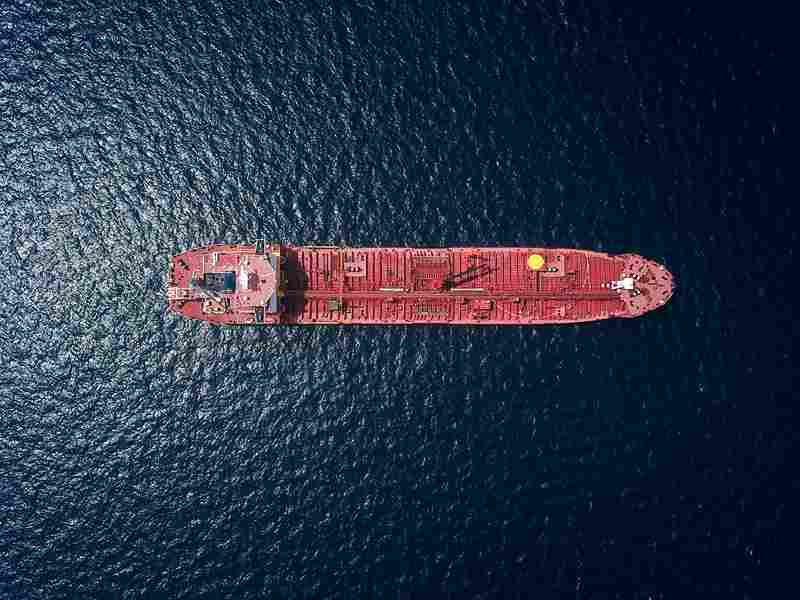
The History of Bunker Fuel in Maritime Transport
Bunker fuel, a critical component in the operation of ships, has a storied history that parallels the evolution of maritime transport itself. This dense, viscous fuel oil, derived from the residues of crude oil refining, has powered vessels across the globe for over a century.
Early Days: From Coal to Oil
The concept of bunker fuel began with coal, the primary fuel for steam-powered ships in the 19th century. Coal was stored in bunkers aboard ships, a practice that gave rise to the term “bunker fuel.” During this era, steamships revolutionized maritime transport, enabling longer and more reliable voyages.
The transition from coal to oil as the preferred fuel source marked a significant technological shift in the early 20th century. Oil offered several advantages over coal: it had a higher energy density, was easier to handle and store, and allowed for quicker refueling. The British Royal Navy’s decision to convert its fleet from coal to oil in the early 1900s, spearheaded by Winston Churchill, highlighted oil’s strategic and operational benefits.
Emergence of Heavy Fuel Oil (HFO)
With the advent of oil-fired engines, the maritime industry began using a type of fuel oil that came to be known as bunker fuel. Initially, the fuel used was relatively straightforward, but as refining technology progressed, bunker fuel evolved into heavy fuel oil (HFO). HFO is a thick, viscous substance that remains after the lighter fractions of crude oil are distilled off.
By the mid-20th century, HFO became the standard for large vessels due to its cost-effectiveness. This fuel is produced from the residuals of crude oil refining, making it cheaper than other fuels. However, its high sulfur content and associated emissions posed significant environmental challenges.
Environmental Concerns and Regulation
The environmental impact of HFO became a growing concern by the late 20th century. High sulfur content in HFO leads to the emission of sulfur oxides (SOx) and nitrogen oxides (NOx), which contribute to air pollution and acid rain. Recognizing these environmental hazards, the International Maritime Organization (IMO) began implementing regulations to curb emissions.
A pivotal moment came on January 1, 2020, with the introduction of the IMO 2020 regulation. This rule mandates that ships use fuel with a sulfur content no higher than 0.5%, a significant reduction from the previous 3.5% limit. This regulation has pushed the maritime industry to adopt cleaner fuels and technologies, such as low-sulfur fuel oil (LSFO) and liquefied natural gas (LNG).
The Shift Towards Cleaner Alternatives
In response to stringent environmental regulations, the maritime industry is exploring and adopting various cleaner alternatives to traditional HFO. The use of scrubbers, devices that remove pollutants from exhaust gases, has become more widespread. Additionally, alternative fuels such as LNG, biofuels, and even hydrogen are being tested and implemented.
LNG, in particular, has gained traction as a cleaner alternative due to its lower sulfur content and reduced greenhouse gas emissions. Biofuels, derived from renewable sources, offer another promising option for reducing the carbon footprint of maritime transport. Furthermore, advancements in synthetic fuels and hydrogen technologies hold potential for future sustainable shipping.
Looking Ahead: Innovation and Sustainability
The future of bunker fuel is geared towards sustainability and innovation. As the maritime industry continues to grapple with environmental challenges, research and development are focusing on zero-emission fuels and technologies. Digitalization and improvements in fuel efficiency are also playing critical roles in minimizing the environmental impact of maritime operations.
Emerging technologies such as wind-assisted propulsion, battery-electric systems, and fuel cells are being explored to complement and eventually replace traditional bunker fuels. These innovations aim to create a more sustainable and efficient maritime industry, reducing reliance on fossil fuels and lowering emissions.
Conclusion
The history of bunker fuel reflects the broader trajectory of maritime transport, characterized by continuous adaptation and technological advancement. From coal to oil and now to cleaner alternatives, bunker fuel has been central to the industry’s operations. As the maritime sector navigates the complexities of environmental sustainability, the evolution of bunker fuel will undoubtedly continue, paving the way for a greener and more efficient future in global shipping.





